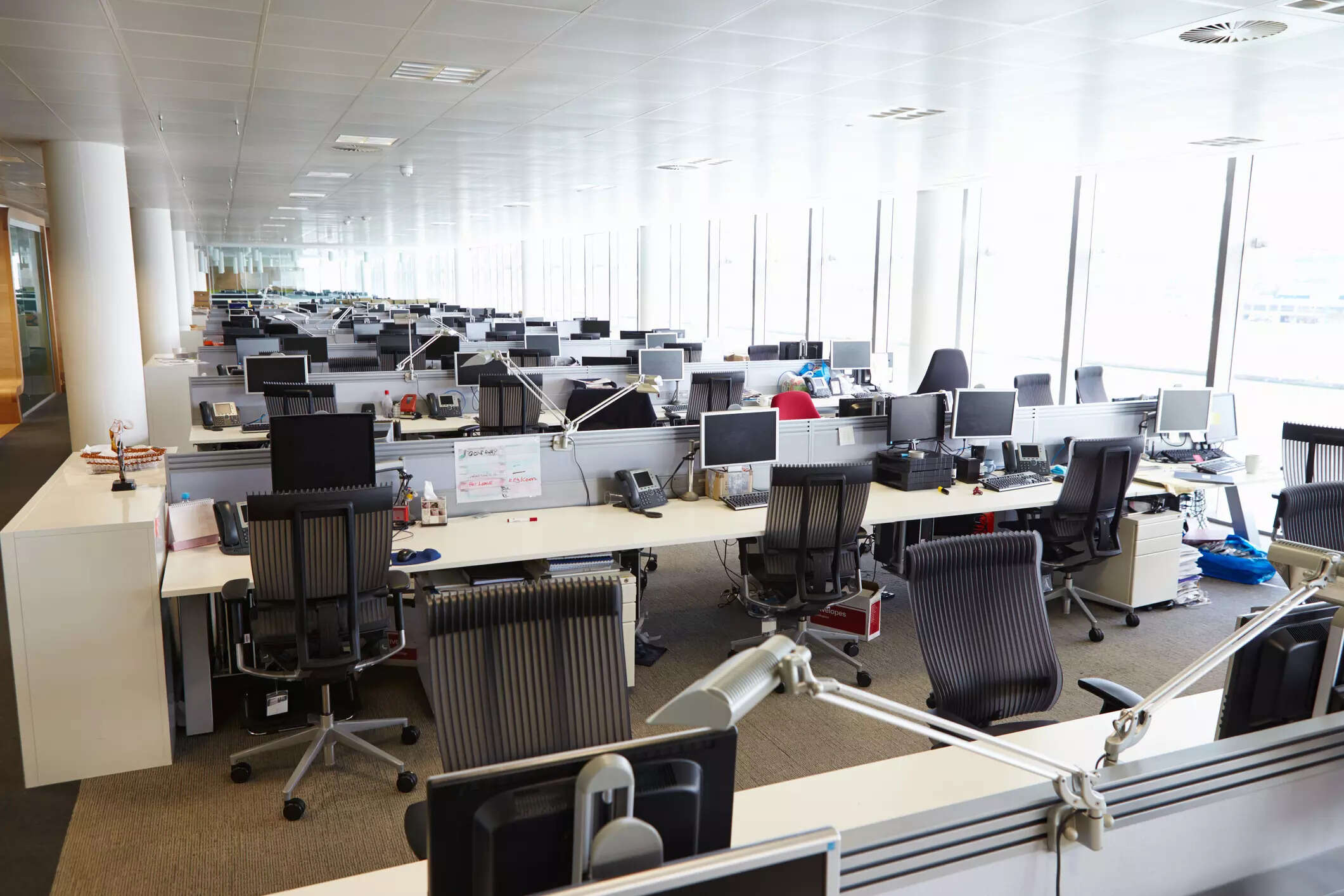No objection certificate from IT dept not required for voluntary liquidation: IBBI
[ad_1]
Read More/Less
Insolvency regulator IBBI has clarified that an Insolvency Professional (IP) handling voluntary liquidation process will not be required to seek any No Objection Certificate (NOC) or No Due Certificate from the Income Tax department for compliance with any such process.
Th position was laid down in a circular by the Insolvency and Bankruptcy Board of India (IBBI) which held that the process of applying such NOC/NDC from the IT Department is time-consuming and defeats the objective of time-bound completion of process under the Insolvency and Bankruptcy Code (IBC), the IBBI said.
Currently, the voluntary liquidation regulations mandates the liquidator to make the public announcement within five days office appointment, calling for submission of claims by stakeholders within 30 days from the liquidation commencement date. The regulations also obligate all the financial creditors, operational creditors including government and other stakeholders to submit their claims within the specified period. If the claims are not submitted in time, the corporate person may get dissolved without dealing with such claims and such claims may consequently get extinguished.
It has been noticed that even after providing an opportunity for filing of claims, the liquidators seek NOC/NDC from the income tax department despite the fact that the code or the regulations do not envisage seeking such NOC/NDCs.
Experts’ take
Yogendra Aldak, Partner, Lakshimkumaran and Sridharan Attorneys, said “It brings necessary assurance to the stakeholders and makes sure that the stakeholders are not required to comply with a procedure not contemplated under the Code.”
Veena Sivaramakrishnan, Partner, Shardul Amarchand Mangaldas and Co, said “ Negating the practice of seeking a NOC/NDC from the IT department would operationally ease the process of voluntary liquidation. The liquidators can strike off this requirement from their checklist of obligations.”
Maneet Pal Singh, Partner, I.P. Pasricha & Co, said that in recent times we have seen that the objective of time-bound completion of liquidation process gets defeated primary due to the process of obtaining NOC from the Income Tax Department by the Insolvency Professional since that consumes substantial amount of time against the express provisions of the Insolvency and Bankruptcy Code, 2016.
“In order to tackle the same, the IBBI clarified that an Insolvency Professional handling voluntary liquidation process is not required to seek any NOC from the Income Tax Department and with this we believe that the process will be handled smoothly in a time bound manner”, Singh said.
[ad_2]

 These benchmarks are for secured financial creditors as there should be a very high level of confidence that they’re going to get the vast part of their loan back, he said.
These benchmarks are for secured financial creditors as there should be a very high level of confidence that they’re going to get the vast part of their loan back, he said. Secondly, improve the quality of NCLT members. The parliamentary committee has recommended that the NCLT should at least have high court judges so that we can benefit from their experience and their wisdom. That’s another way to prevent litigation.
Secondly, improve the quality of NCLT members. The parliamentary committee has recommended that the NCLT should at least have high court judges so that we can benefit from their experience and their wisdom. That’s another way to prevent litigation.